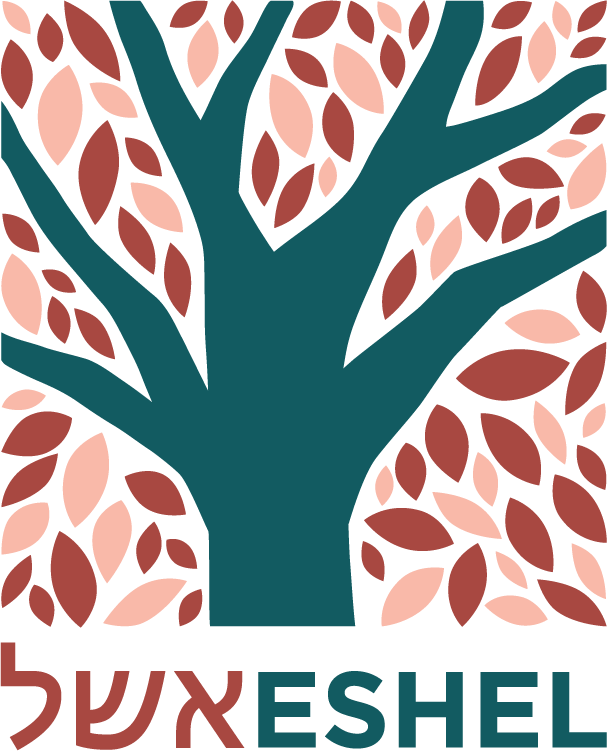A halachic approach to the inclusion of same-sex couples in Orthodox communities
by Rabbi Dr. Zev Farber
Orthodox Jewish homosexuals in committed relationships who wish to remain part of the community are often stuck having to leave the latter or hide the former. Many Orthodox communities are in a similar quandary, wishing to be welcoming to all Jews who participate in their core values, while worrying that to do so would be tantamount to countenancing a biblical prohibition and voiding the halachic definition of marriage.
Orthodox communities, especially suburban ones, are family oriented. Shabbat meals, youth groups, holiday events and kiddush after services all provide a cohesive social structure for people who share core values and identity markers, and who wish to make friends and bring up their children together.
In this sense, homosexual Orthodox family units are of a type with heterosexual Orthodox family units. Their homes are kosher, their kids attend Jewish day schools and they walk to shul on Shabbat and holidays. Even those who are not fully observant are likely at the same level of Jewish activity and fluency as the average member of the shul he or she attends.
But how can an Orthodox community include such a family in a way that feels authentic to Jewish tradition and halachah? After all, the raison d’être of an Orthodox Jewish community is to create a microcosm, in which Jewish laws, values, and traditions reign supreme.
“We understand that homosexual
attraction is not a lifestyle choice but hardwired fact”
In a 1974 article, Rabbi Dr Norman Lamm, the former president of Yeshiva University, suggested that we apply the principle of oness rahmana patrei, that the Merciful One exempts a person from the impossible. This talmudic principle was inspired by the case in Deuteronomy (22:25-27) of the raped woman who is not held accountable for adultery, and was applied to cases in which enemies of the Jews would force them to violate halachot under threat of death (Talmud, Avodah Zarah 54a).
The application of this principle to homosexuals was bold. Over the years, it has found a number of Orthodox rabbinic defenders such as Rabbis Steven Greenberg (himself an Orthodox Jewish homosexual), Nathan Lopez Cardozo, Benny Lau and Shlomo Riskin.
A number of other rabbis, striving to be lenient and understanding while remaining true to halachah, have rejected this viewpoint. Rabbi Chaim Rapoport of England discusses this possibility sympathetically, but prefers an alternative mechanism (tinok shenishba) to arrive at a similar goal. Beit Hillel, too, explores different avenues in its responsum.
The problems with the oness suggestion are twofold. First, how can voluntary engagement in intimate union be defined as “forced”? It seems condescending to say that homosexuals have “no choice” but to act on their impulses. Certainly we don’t say this about heterosexual adulterers, for instance. Second, this application veers sharply from the standard uses in the Talmud, ie, physical force or threat of violence.
In my 2012 Morethodoxy post, “Homosexuals in the Orthodox Community,” I argued in favour of the oness approach, noting a precedent that could resolve both issues. The Talmud (Gittin 38a-b) discusses a case of a female non-Jewish slave (shifcha) who was owned by two Jewish masters, and freed by only one, making her a “half- shifcha, half -freewoman”.
According to halachah, non-Jewish slaves become Jewish on being freed, bringing about the following problem: as a shifcha, she is forbidden to marry a Jew and as a Jew she is forbidden to marry a non-Jew, even a fellow-slave. In short, she is forbidden to be intimate with anybody at all. The woman became promiscuous and the rabbis forced the second owner to free her.
In his responsa Kol Mevasser (1:25), Rabbi Meshullam Roth (1875-1963) writes that this woman’s lack of a permissible sexual outlet makes her “as if coerced” (anussah) to sin with men. This, he argues, is why she must be freed. The point is not that she cannot control herself in any given situation or that it is in fact impossible for her to be celibate, but rather, the lack of any permissible means whatsoever, present or future, substantially weakens her psychological capacity to avoid sinning. The woman turned to promiscuous sex since all sex was equally forbidden and no halachically or socially acceptable method was available for her to create a stable marital union.
The application of Rabbi Roth’s reading of the talmudic passage to the case of homosexuals is clear. The weight of knowing that no permissible outlet exists is akin to coercion (oness). Moreover, as happened with the half-shifcha, offering no socially acceptable status to monogamous homosexual couples invites promiscuity.
In modern times, we understand that homosexual attraction is not a lifestyle choice but a hardwired fact; whether the cause is genetic, hormonal, psychological, or some combination thereof is immaterial. Since we cannot “free” homosexuals from same-sex attraction, despite the false and often pernicious claims of “conversion therapy” advocates, our best course is treat Orthodox Jewish homosexuals as anussim and welcome them into our communities without judgment, and with the same social and religious expectations we have of other members.
In addition to contributing to their psychological well-being, knowing that they can become fully integrated into Orthodox synagogues may help stabilise Orthodox homosexual families, keeping the couple and their children in the fold, and contributing to the strength of klal Yisrael. Such a shift in attitude is in keeping with the Torah’s mission as a “living Torah” and “a tree of life for them that hold fast to it”.
Rabbi Farber is editor of TheTorah.com
Originally published at The Jewish Chronicle
Image via The Jewish Chronicle (Getty)
